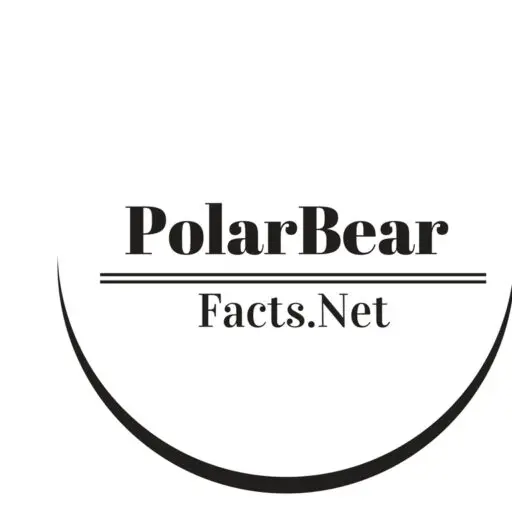Polar bear cubs are born blind, toothless, and virtually helpless in den. They have extremely short and light down hair at birth. Cubs lack subcutaneous fat which is what makes them vulnerable to the outside cold. As a result, the mother bear will not allow cubs to leave the material den until the right time. Couple of weeks later she will expose her cubs to the outside world.
The critical temperature of polar bear cubs is –30◦C. The increase in oxygen consumption at 45◦C is estimated at 33%. However the overall temperature (of the cubs) remains the same. If they jump into the icy water (given the present conditions) the body temperature is going to be dropped. However the bear cubs are absolutely ready to join mother on the land but they are too weak to dive into the water.
Polar Bear Cub – Baby Polar Bear Cubs
Polar bear cubs weigh as little as 0.6 kilograms at birth. However they grow fast and in few days’ time cubs may become 10 – 12 kg in weight. This is the time when cubs leave maternal den but remain under the watchful eye of their mother. Polar bear cubs will continue to gain weight since the day they left den. That is to say the cubs gain weight twice as much (in the second year) as they had on their first birthday.
Read More: Polar Bear Cubs Facts
The cubs will suckle the fat-rich milk from their mother. Unlike other bears’, the polar bear’s milk contains the highest quantity of protein and fat. The polar bear cubs are lucky enough to receive milk even after the second birthday. This is quite unique in many other terrestrial mammals. Then again the two-year-old cub doesn’t seem to rely on milk as much. Sometimes however mothers leave suckling during the middle period after the first birthday.
How Many Babies Can Polar Bears have?
The reproductive biology of polar bears is nearly the same as that of other bear species. Cubs are typically born in November to February. The female gives birth to twins but three litters are also common in much of its range. In the Hudson Bay region, three newborn polar bear cubs are usually born. The captive polar bear cubs are born as early as in October.
The polar bear cub is likely to stay inside the den from February to the mid-April. During this period the mother starves but she continues to milk her cubs. After 12 – 14 days the cubs begin to emerge with their mother. Cubs will walk, run, and play but remain close to their mother. The mother remains busy in grazing vegetation.
In the Hudson Bay the female bears give birth after a relatively shorter interval which indeed makes them more prolific than the rest of the populations. In Canada, Svalbard, and Alaska, the mean litter sizes are 1.9, 1.81, and 1.61 respectively. In the Hudson Bay area, the production rates in each female is about 0.45 litters which is quite high. That is to say nearly half of females living in the Hudson Bay are reproductive each year. The rate is 0.25 in the Beaufort Sea which means that one fourth of all females are reproductive. The difference in rates clearly reflects the high productivity of polar bear population in the Hudson Bay area.
How Long Do Polar Bear Cubs Stay with their Mother?
- Polar bear cubs stay with their mothers for as long as 26 – 29 months. The typical weaning period lasts about two years. The mother bear is likely to go through strategic weaning in which there is a limited suckling. She will then be able to breed again. This makes the reproductive interval of 3 years in polar bears.
- The cubs are thought to imitate mother’s hunting methods even though they are too young to hunt.
Polar Bear Cubs Mortality
- The mortality rate in polar bear cubs is extremely high in the first year of their birth. This is so because newborn cubs are highly vulnerable not only to the external environment but also to the potential predators. Arctic land predators are likely to prey on cubs.
- Sometimes it so happens that the mother bears cannot feed two cubs at a time (due to starvation). As it turns out, she prefers one over the other.
- Adult males are highly aggressive and if they find female with her cubs they might kill baby polar bear.


